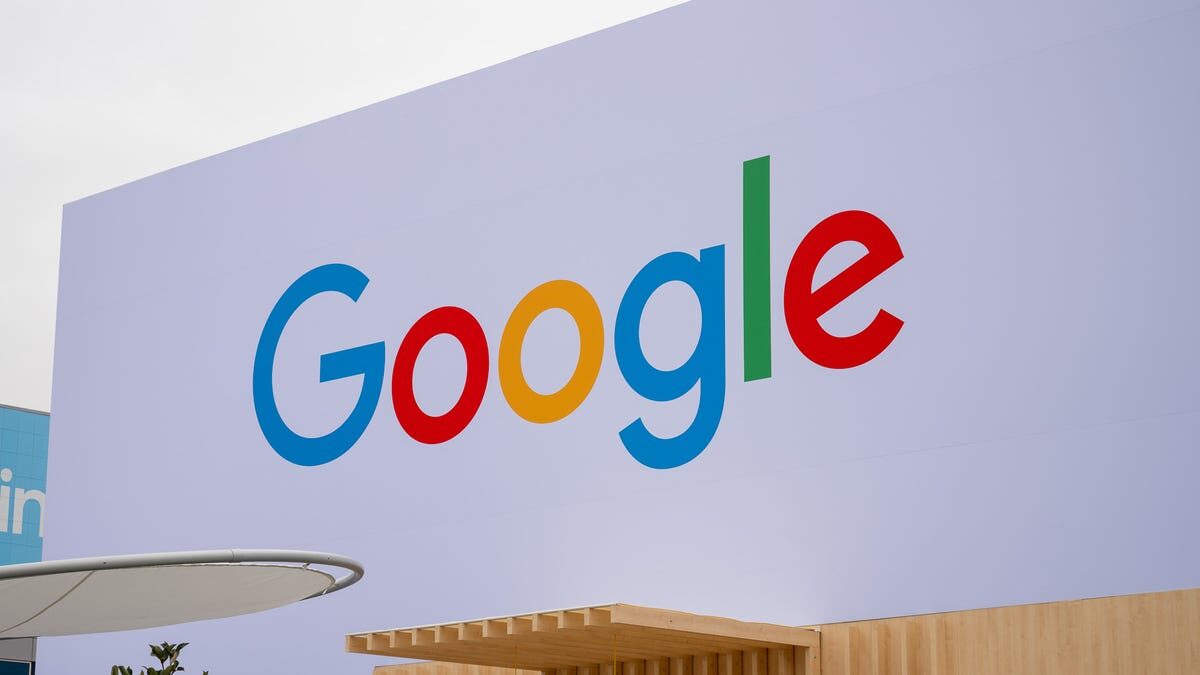
It still needs a lot of work, but the Google Bard AI chatbot is slowly catching up with ChatGPT. And the newest addition to Google Bard shows how, in some ways, Google could stand up to the competition—Google Bard can now write, repair, or explain code, and it can export Python script directly to Colab.
The ability to write code is a landmark feature for Google Bard. It also happens to be one of the most highly-requested features among early users. But on its own, this isn’t all that unique. ChatGPT can write code in several languages. And, at the time of writing, Google Bard only supports about 20 languages (C++, Go, Java, Javascript, Python, and Typescript are the only confirmed languages).
Here’s the notable thing about Bard’s code-writing feature; it can export Python script to Colab, so you can immediately test or edit code without copy-pasting a bunch of text into an editor. Bard also offers the ability to write functions for Google Sheets.
This kind of tight-knit integration with Google services is what many users will look for in an AI assistant. It’s also a reminder that Gmail, Google Docs, and other popular Google-owned services may soon offer Bard integration. Yes, Microsoft’s products now have ChatGPT built-in (or they will soon), but if you’re a hardcore Google user, Google will give you a reason to stick around (even if it’s late to the game).
I should also note that GitHub’s Copilot editor has a built-in AI (and if you really want to use ChatGPT, you can integrate its API with other apps). In any case, AI still makes a lot of mistakes when writing, repairing, or analyzing code. You need to be a bit knowledgeable when using AI to write books, draft code, or perform other specialized tasks.
If you want to try Google Bard today, you need to join a waitlist. When it’s your turn to try Bard, you’ll receive an email explaining how to use the AI chatbot.
Source: Google
